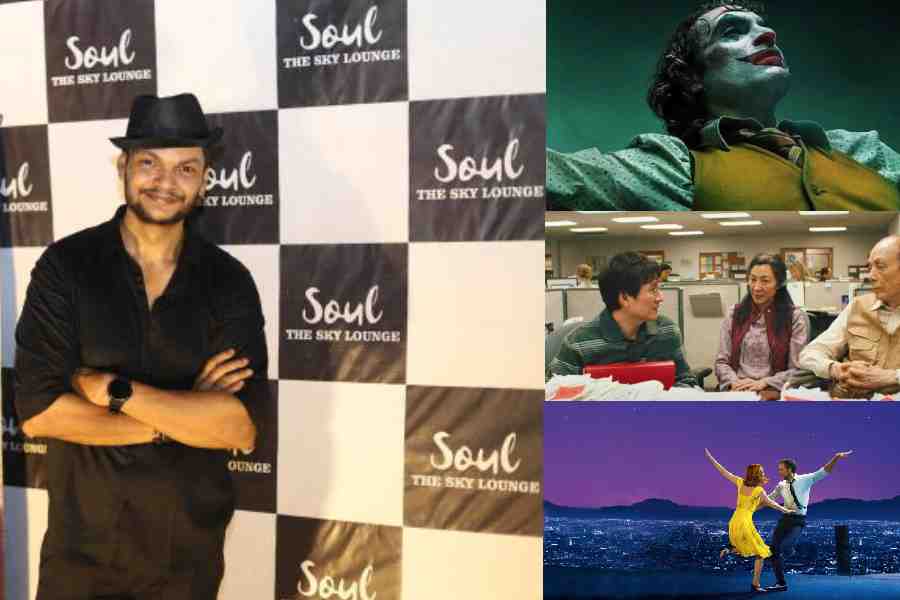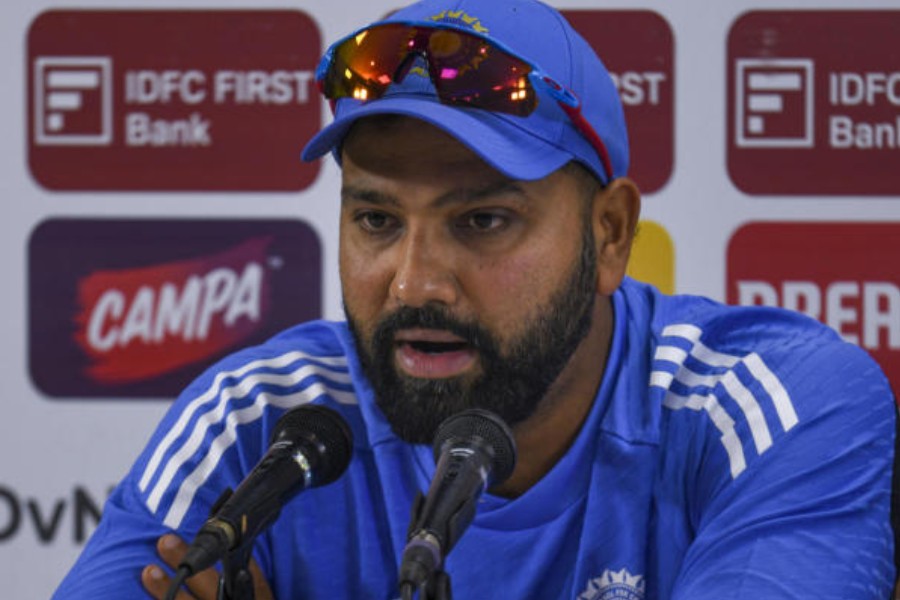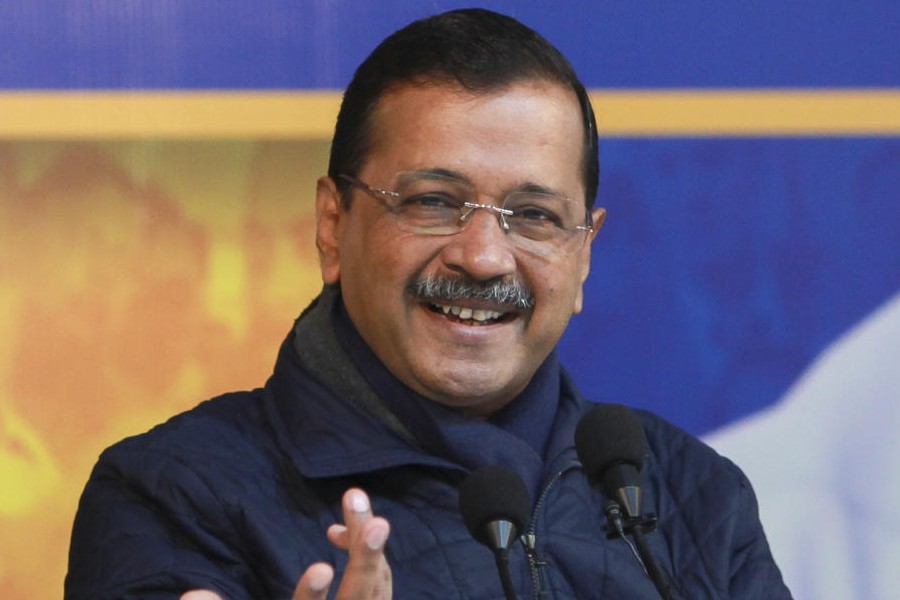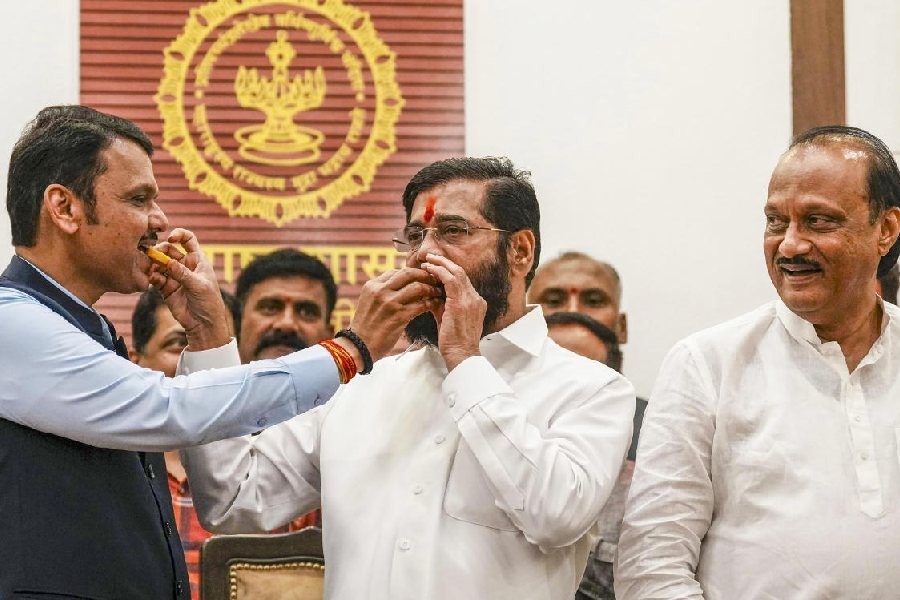Diwali is of course the festival of lights, as we all know. The bright colours of rangolis and sparklers, the sea of lights that emanate from the millions of diyas and fireworks all around us perfectly encapsulate the message of darkness being defeated by light, of good triumphing over evil. But for any lover of cinema, lights and colours tell such stories all year round, don’t they? Think about it — so many times we have been blown away by the vivid, moving paintings that we call cinema, living out the stories we are told, empathising with the characters we meet, feeling swept away by the emotions they evoke, and yet, so often we forget how a big part of those emotions are created by the lights and colours we see on screen. To be honest, I can’t nail the “hows” and “whys” of it, but as a lover of cinema, here are a few examples to help me elaborate my point.
LA LA LAND
On the surface itself, it’s quite obvious why La La Land was the cinematic equivalent of a festival of lights and colours, but a deeper dive and repeat viewing open up further layers to its magic. Director Damien Chazelle and cinematographer Linus Sandgren chose to shoot on film, which meant that the neon lights and the cityscape of Los Angeles were displayed with saturation that represented the wishful, artistic aspirations and life-altering romance of the musical’s protagonists perfectly. Furthermore, colours served as visual cues for Mia or Sebastian’s state of mind, be it through their respective costumes, the settings, or the lighting. Think about their first kiss for instance — two lovers at the centre of a sea of red seats in a movie theatre.
JOKER
From one extreme to the other. Todd Phillips took an iconic comic book character and instead of representing him with grandeur and majesty, he boiled our favourite villain’s origin story down to an earthy, realistic, and gritty story about a man with severe psychological disorders. Fittingly, cinematographer Lawrence Sher used bright lights and amalgamations of colours almost exclusively to denote the delusions of Arthur Fleck/Joker in the film. While Arthur himself is imprisoned in the cold, dark hues of his apartment, the crime-ridden Gotham City was also captured in cold hues and kept in the shadows. Ironically, warmer colours came into the story not to denote order, prosperity or passion as they most often do, but rather as symbols of rage, disorder and bloodthirst. For example, the bloody smile of Joker signifies the end of Arthur Fleck and the advent of the Joker at the film’s climax. Still think red symbolises love and passion?
THE MANDALORIAN
This might be a peculiar choice but if we are talking about lights and colours creating cinematic magic then The Mandalorian has to be mentioned because of the groundbreaking method in which it has been shot. The Star Wars universe has a pretty simple colour scheme — red sabers for the siths, blue or green for the Jedi. Except Samuel L Jackson who, if I remember correctly, once sported a purple saber. But then that is because Mr Jackson gets what Mr Jackson wants. Other than that, antagonists sport in-your-face blacks and the Jedi dress in tan shades, progressing towards brighter primary colours.
What is remarkable however is how creator Jon Favreau employed path-breaking filmmaking techniques to recreate the world that Lucas had first introduced us to. We have all seen the use of rear projections in older films, the technique was used widely in the original Star Wars trilogy itself. With the perfection of CGI, the rear projections were replaced by blue and green chroma screens.
Actors imagined the world around them while filming while VFX artists filled in the blanks in post. With Mandalorian, rear projections made a comeback, albeit with a twist. In old-school rear projections, the camera could not move because perspectives could not be changed. Industrial Light and Magic, the pioneers behind several filmmaking breakthroughs, developed the StageCraft system, or the on-set virtual system, that involves projecting virtual or CGI worlds, sets and environments on large very high-definition LED screens on set, paired with motion-controlled camera rigs that allow the perspective on the display to change when the camera changes its angle.
Although ILM had been developing StageCraft for years before The Mandalorian was announced, it was only after Favreau and cinematographer Greig Fraser adopted it for the Disney+ series that the technology started getting accepted as the future of filmmaking.
EVERYTHING EVERYWHERE ALL AT ONCE
The Daniel duo, the directors of the film (Daniel Kwan and Daniel Scheinert) and cinematographer Larkin Seiple faced several challenges and hurdles while making this highly ambitious, visually spectacular, universe-jumping, yet emotional film. The challenges ranged from Covid lockdowns to having to pioneer new rigs just so that the lights reflect precisely as needed in the characters’ eyes. Yes, the film and the stories behind its making are all filled with absurdities. However, beneath the surface of the spectacular visuals were many creative choices made by the directors and Seiple that we often overlook on first viewing, then when we do see them, we can’t stop thinking about them.
The choices are not just the obvious ones of using different hues and saturations for different worlds, but more minute ones, like using background lights to create shape-shifting bokeh in several scenes to symbolise the ever-expanding and evolving nature of our universe. What’s more remarkable is that this is done more in the most emotional scenes of the films instead of the more visually dazzling action set pieces. It really opens up a whole new dimension to the philosophy that our thoughts shape our world.
SCHINDLER’S LIST
Why would a black-and-white film make it to this particular discussion, you might ask. The answer is, one cannot discuss colour in films without discussing the impact that “The Girl in Red” had in Schindler’s List. Although the film is in monochrome, that moment when she makes her appearance as the only exception to the world around her is perhaps one of the most hard-hitting moments in all of cinema. Never has red stood out more.
Which films stand out to you for their use of colour?
Tell t2@abp.in











